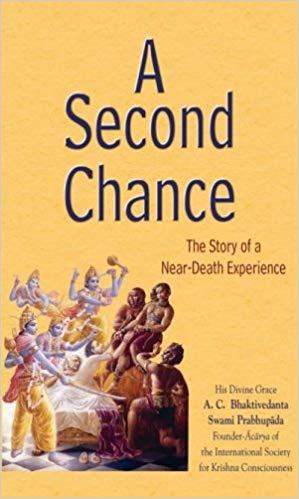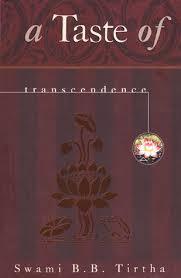Subtotal: ₹35
Description
With their songs and their favourite scriptural ślokas our Rāgānuga Ācāryas share their hearts and confidential moods of love with us, and as practitioners we can share these jewels of the heart with each other. We can reawaken our spiritual consciousness, and connect with the spiritual world in Vraja by memorizing these ślokas and using them in mantra-mayī upāsanā – chanting ślokas from the scriptures and meditating on the particular pastime they evoke. Thus we follow the proper traditional sequence for remembering Sri Rādhā-Krishna’s names, forms, qualities and pastimes, and make progress on the path of pure bhakti.As beginners we may start with ślokas from Śrī Upadeṣāmṛta, hearing or reading the commentaries and taking Harinam (‘chanting japa’) along with meditating on these ślokas. Then our sādhana-bhajana will gradually evolve as our insights deepen and as we add more ślokas to our repertoire. This practice will eventually lead us up to rasika scriptures such as Śrī Gopī-gīta, Śrī Vilāpa-kusumāñjali and Śrī Rādhā-Rasa-sudhānidhi. Deeper levels of the meanings of these sacred verses will manifest spontaneously in our hearts when it is done according to the traditional method. Śrīla Bhaktivedānta Nārāyaṇa Mahārāja describes this as follows,“When sādhakas study and learn these verses, deeply meditating within themselves on their meanings while chanting the holy name, they will act as stimuli to fully experience the mood described in these ślokas. Then one’s mind will not wander here and there. We should not just walk around talking to others while chanting, but taking our chanting beads we should sit in a solitary place and give it our mind and heart. Our previous ācāryas chanted all night long, meditating on one verse after another. For half an hour the waves of the bhava of one particular verse would be coming to them: sometimes they would be fully submerged in those waves, sometimes they would rise to the surface and float on those waves, and then they would move on to the next śloka. As they did this more and more the whole night would pass, and where it went, they wouldn’t even know. This is the traditional method of performing bhajan.” (Bhakti Rasayana, p.1, GVP)By meditating on one’s svarūpa (spiritual form) and rendering service (in that spiritual body) to the Divine Couple in the kuñjas of Vraja, in sakhī-bhāva (the mood of a mañjarī sakhī), one gets the lotus feet of Śrī Rādhā and Her beloved Kṛṣṇa.Ślokas, the sacred verses of the Gauḍīya Vaiṣṇava transcendental scriptures, are prominent in our practice of bhakti and provide us with ‘cliff hangers’ to remember and meditate on the Divine Couple’s (Śrī Rādhā-Krishna’s) pastimes. The ślokas are like portals for entering into the confidential realm of pure bhakti and the mood we aspire for in the line of Mahāprabhu and the Six Goswāmīs (Śrī Rādhā dāsyam – mañjarī bhāva).We need to know and be familiar with some ślokas in order to perform our bhajan. At first we meditate on a particular pastime through its corresponding śloka and this is called mantra-mayī upāsanā, ‘worshiping through mantra’ or ‘meditating with ślokas’. For instance, the following śloka opens up ever-new possibilities for visualizing this particular pastime on the banks of Śrī Rādhā Kund.yasyāḥ kadāpī vasanāñcala-khelanotthadhanyāti-dhanya-pavanena kṛtārtha-mānīyogīndra-durgama-gatir madhusūdano ‘pitasyā namo ‘stu vṛṣabhānu-bhuvo diśe ‘pi(Śrī Rādhā-rasa-sudhā-nidhi 2, Śrīla Prabodhānanda Sarasvatī)“Let us bow down even to the direction of the land of Vṛṣabhānu Mahārāja (Vraja), for Madhusūdana Kṛṣṇa, who is the rarely attained goal of great yogis, considers that His life is completely fulfilled by the mere touch of that glorious, playful breeze that has touched the tip of Śrīmatī Rādhikā’s sari. He thinks, ‘Oh, My life has now returned.’”In addition to rasika ślokas one may use to enhance one’s bhajan, it is highly inspiring to read the ācāryas’ commentaries on such ślokas.

 After the Disappearance of Sri Guru
After the Disappearance of Sri Guru 
















There are no reviews yet.